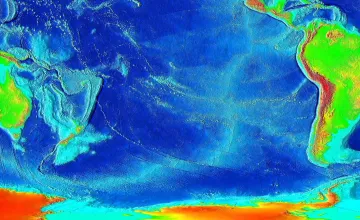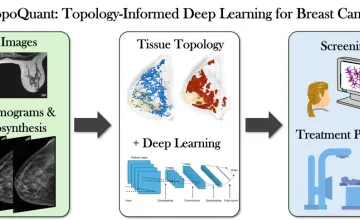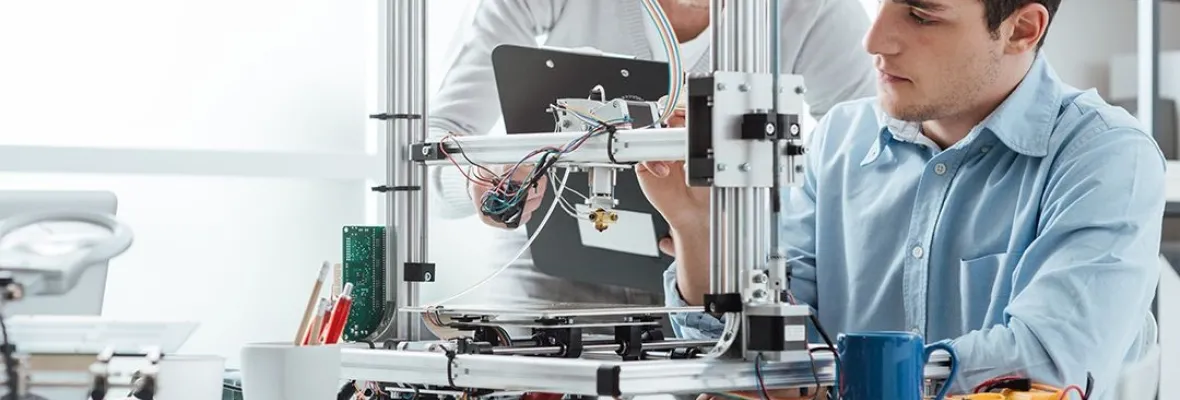AAU universities conduct a majority of the federally funded university research that contributes to our economic competitiveness, health and well-being, and national security. AAU universities are growing our economy through invention and innovation while preparing the next generation of scientists and engineers for global leadership. By moving research into the marketplace AAU universities are helping to create jobs, and provide society with new medicines and technologies.

UMD geologists uncovered evidence of a section of seafloor that sank into the Earth's mantle when dinosaurs roamed the Earth; it's located off the west coast of South America in a zone known as the East Pacific Rise.

Novel research supported by NCI could lead to more specific predictive disease models

A new University of Kansas study reveals parents seeking health care information for their children trust AI more than health care professionals when the author is unknown, and parents rate AI generated text as credible, moral and trustworthy.

Hypertension and amyloid plaques can separately cause dementia. Having both increases a person’s odds of developing cognitive decline, a new study finds
Explore More: University Research
You can filter stories by the university.
Computer scientist Zhen Bai develops technology to help kids benefit from and learn about artificial intelligence.
Scientists at the University of Florida trained AI to detect faces in pain, using goats - paving the way to one day use the tool for people.
A new study led by Stony Brook Medicine demonstrates that advanced kidney disease compromises the survival of B cells, a type of infection-fighting white blood cell that produces antibodies to kill microbes, and thus significantly reduces the immune response to the influenza virus.
Stony Brook University - The State University of New York | University of Pittsburgh | University Research
Study shows kidney and nerve tissue cells learn and make memories in ways similar to neurons
To investigate innovative methods to support the berry growing and harvesting process, UC Santa Cruz Professor of Electrical and Computer Engineering Ricardo Sanfelice is launching a new agricultural technology project.
